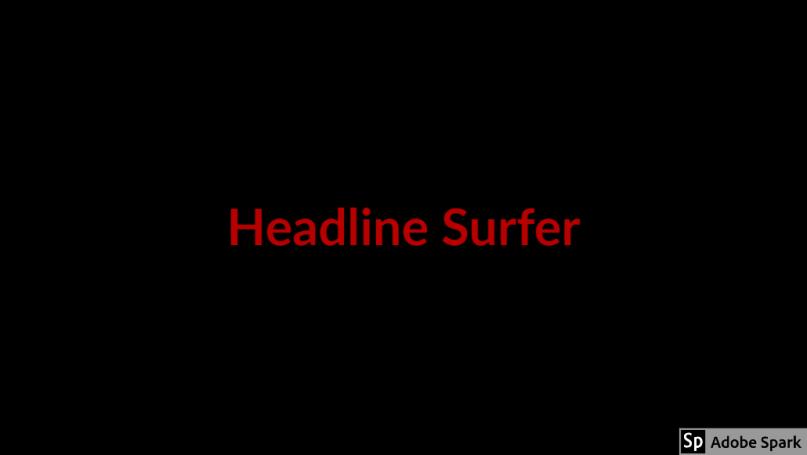
NSBNews.Net provides Volusia County with 24 / 7 Internet newspaper coverage for a 21st-century world. This website can also be accessed through VolusiaNews.Net
.jpg) Photos by Henry Frederick / This scene setter shot Friday on Main Stret in Daytona Beach, the opening night of the Bike Week shows an empty street with a smattering of parked motorcycles.
Photos by Henry Frederick / This scene setter shot Friday on Main Stret in Daytona Beach, the opening night of the Bike Week shows an empty street with a smattering of parked motorcycles.DAYTONA BEACH – Reports of 500,000 bikers visiting this city are exaggerated and have been for years, tourism officials said.
"The numbers don’t add up," said Bob Davis, president and chief executive officer of the Hotel & Lodging Association of Volusia County.
“That’s a propagated number that never existed,” Davis said.
Another number, now out of date, pegs the local economic impact of Bike Week and Biketoberfest at about $600 million.
The economic impact number is from a decade-old study. More recent figures show sales dropping each of the previous three years in March, the month of Bike Week. The attendance and economic impact numbers are part of the myth of biker events.
This year again, the same numbers were repeated in newspapers, on television and radio and on numerous web sites. Lost to the mist of time and the noise of loud motorcycle pipes is the source of the half-million attendance estimate for Bike Week.
Bike Week visitors will be saddling up and leaving town at the end of the event on Sunday, but there won’t be 500,000 of them and they’ll have spent less money than the heyday of the event 10 years ago.
“The attendance is nowhere near that,” said Mark Soskin, associate professor of economics with the University of Central Florida. Soskin is familiar with the 500,000 number, but said he doesn’t know the source of the estimate. “I have no idea (where that came from),” he said.
Other tourism officials also said they don’t know where the 500,000 estimate comes from.
“You drive around and there’s no bikes anywhere,” Soskin said. “It used to be you were surrounded by bikes.” Tourism is down nationally, Soskin said.
High gas prices, the nearly 9 percent national unemployment rate and fewer hotel rooms after the hurricanes of 2004 have all combined to bring down Bike Week event attendance, he said.
Bike Week has also spread out to include more activities at Daytona International Speedway, the Destination Daytona complex and other attractions in Ormond Beach, as well as activities in Flagler County, DeLand, New Smyrna Beach and Orlando.
.jpg) Businesses on Main Street had very few biker crowds on opening night as shown here.
Businesses on Main Street had very few biker crowds on opening night as shown here.“You don’t need the hard figures to show tourism is down,” Soskin said.
Soskin’s landmark study on special events in 2001 for what is now the Daytona Beach Regional Chamber of Commerce is the source of the estimated economic impact of $600 million for Bike Week and the smaller Biketoberfest, which is set for Oct. 13-16 this year.
Roughly a third of that total, $200 million, went to out-of-town vendors who pay rent to local businesses to set up shop outside temporarily during the events.
Bike Week and Biketoberfest combined added 17,580 jobs, according to that study in 2001.
Soskin laughed when asked whether those 2001 numbers hold true 10 years later.
“You can cut those figures in half now,” Soskin said.
Kevin Kilian, senior vice president of the chamber, which manages Bike Week, said his organization has not done a study on the impact of special events since 2001.
Studies are expensive, he said. “We don’t know how close those numbers are,” he said. “It’s the only gauge we have.”
Georgia Turner, director of specialized markets for the Daytona Beach Area Convention and Visitors Bureau, which manages Biketoberfest, said local officials will get a better idea on the economic success of Bike Week when Florida Department of Revenue sales and sales tax figures are reported. Those reports won’t be available for a couple months.
Those state reports, however, show Bike Week on a downward trend during the previous three years.
According to the Florida Department of Revenue web site, gross sales in Volusia County were: $1.22 billion in March 2008; $1.03 billion in March 2009 and $949 million in March 2010.
Turner said this year’s Bike Week attendance looks good.
“The evidence is anecdotal right now,” he said. “Everyone is saying it looks better than last year. It’s hard to tell.”
Davis, the Volusia hotel and lodging association president, said he has always been skeptical about the 500,000-visitor estimate. The numbers don’t add up, he said.
Daytona Beach and Volusia County have 18,000 rentable hotel rooms, Davis said.
If you put four people in each of those rooms, that’s 72,000 people. The area has another 30,000 time-share units and about 20,000 condo rentals, he said.
Toss in a generous estimate of 50,000 spaces in campgrounds and you’re still far short of being able to accommodate 500,000, Davis said.
He acknowledged that some people might ride to Daytona Beach for a day from outlying areas, but added the number still seems high. Yet, the effort to correct the attendance figure doesn't seem to be a winnable fight, he said.
“I’m going to drink the Kool-Aid,” Davis said. “It’s not worth disputing.”
